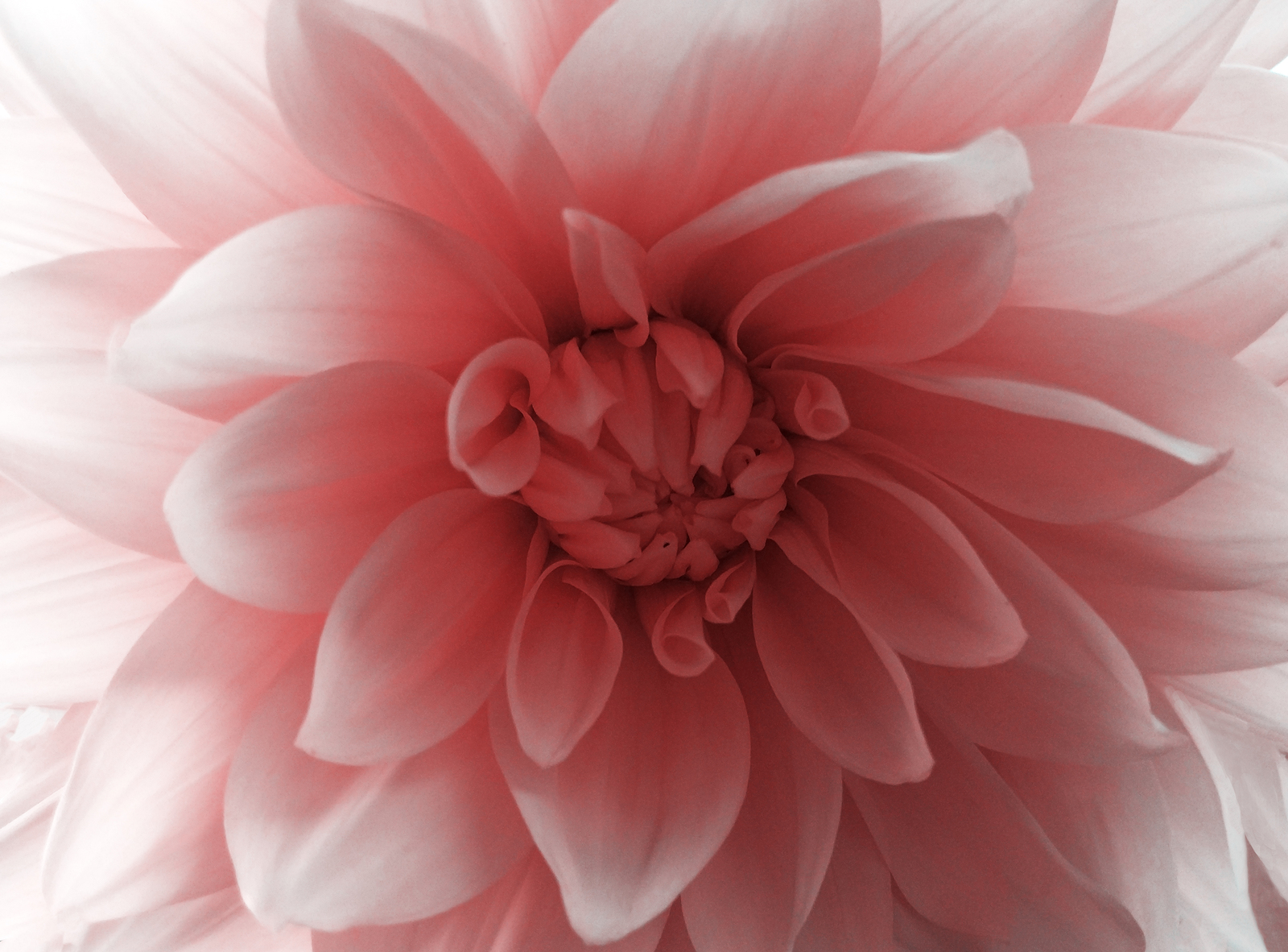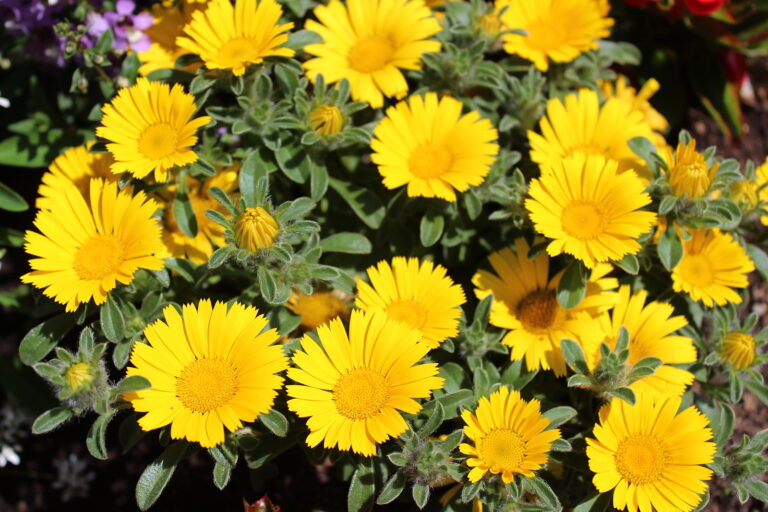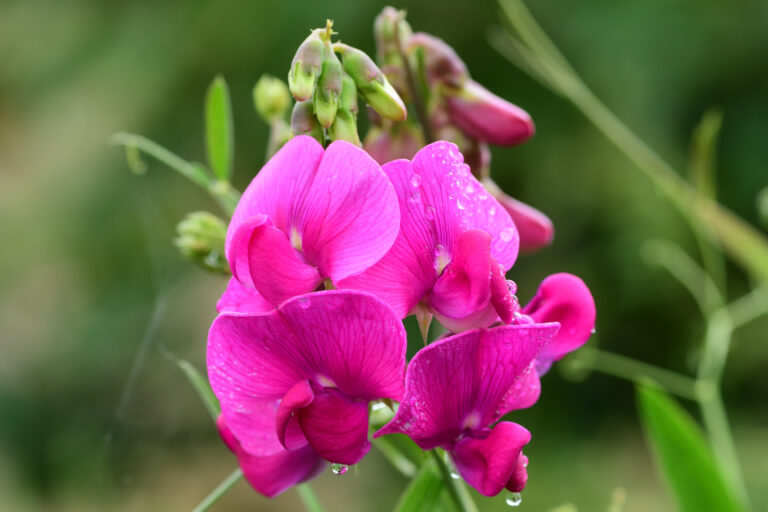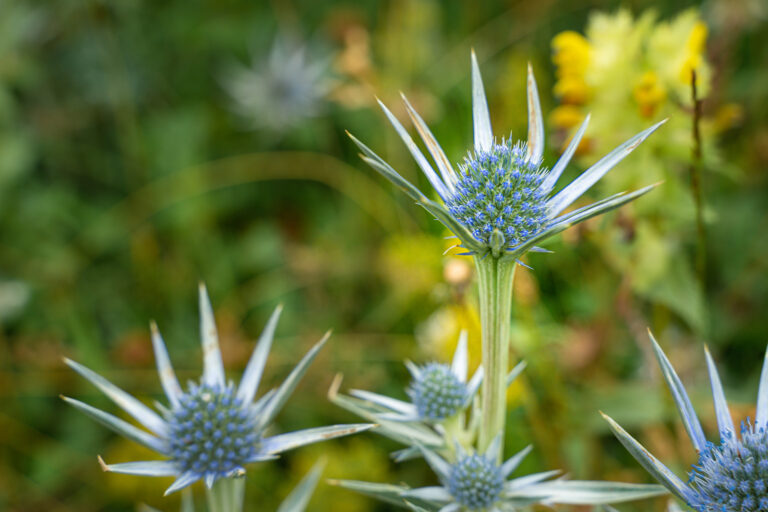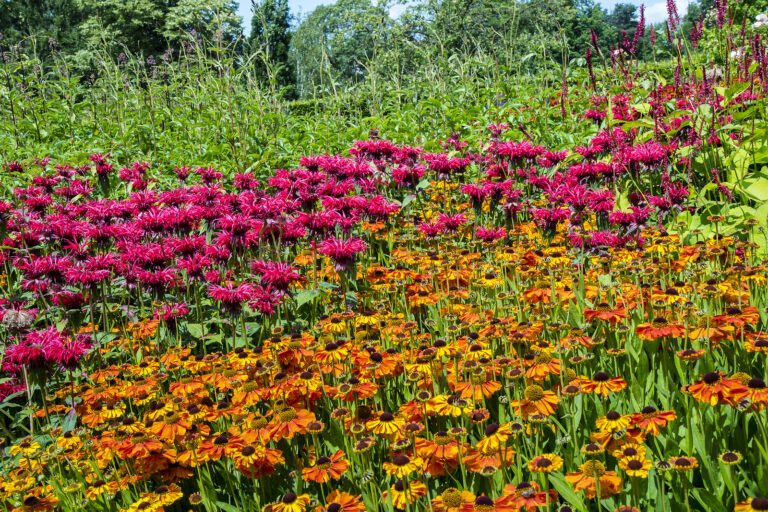Garden Flower Color Year-Round
Garden flower color throughout the year requires a bit of planning.
If you want blooms in your garden from early spring through winter, here are a few quick steps to get started:
- Make a list of flowers you want to grow in your garden. They may be old favorites or plants you’ve seen in other gardens. If you are not familiar with plant names, cut photos out of magazines or print photos off the internet and keep them handy. This is your planting and color wish list. If you can note the size of each plant at maturity this will help you plant your beds; if you are unsure, a garden center associate will be able to help you.
- Sketch a map of your garden and each of the planting beds. If you can do this to scale using graph paper, you will have an accurate snapshot of your growing space. You will know the approximate square footage for each bed. Note when each bed is sunny and when it is in the shade. Note if the soil is average, rich, rocky, or poor. Note if the soil is generally dry or wet.
- Make a flow chart of the months and seasons for each planting bed—January through December, spring through winter. This is especially important if you plan to have blooms for several months and over the course of several seasons. Into this chart, you will be able to note when you plant, how long a plant flowers, and how long the plant will be in the bed—from seed or seedling to removal.
If you were able to accomplish these three steps you are a long way toward realizing a year-round flower garden. And if year-round blooms are not your goal, you still have a seasonal snapshot and plan for your garden.
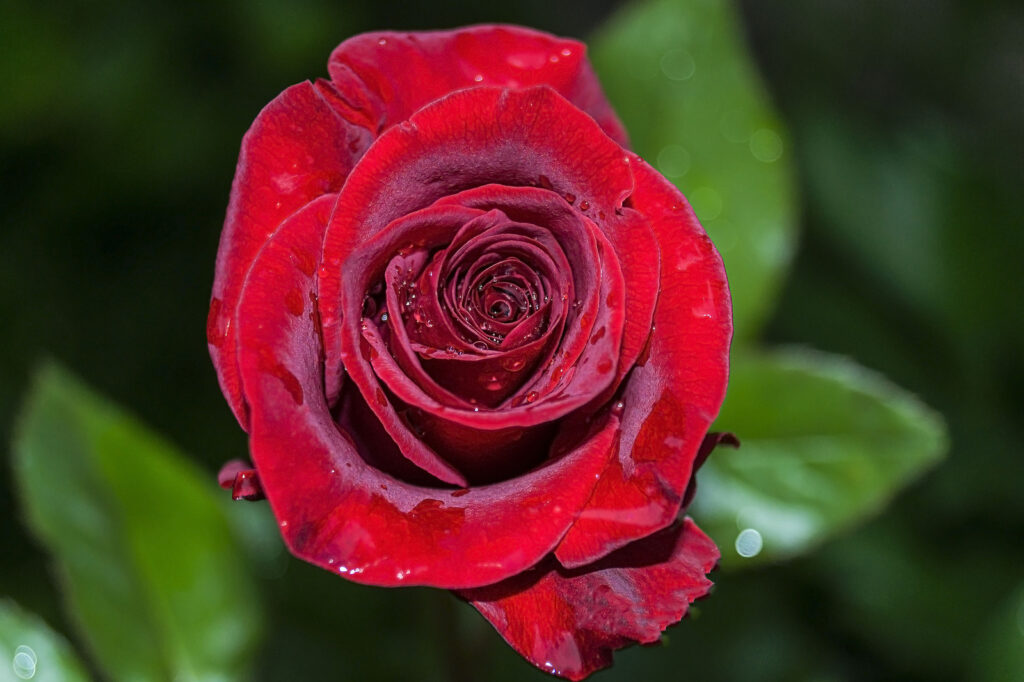
Charting long-blooming annuals and perennials
Now, let’s take a slightly deeper dive into year-round flower gardening.
Some annuals and perennials bloom for just a few days, others bloom for weeks and some for months.
Decide which seasons of the year you want to have blooms in the garden, which months.
Do a bit of planning by using one sheet of paper for the year, divided into the 12 months of the year. Each of those months corresponds to a season. Here is a rough outline of months and seasons for the Northern Hemisphere:
- Early spring = March = cool season
- Mid-spring = April = cool season
- Late spring = May = warm season
- Early summer = June = warm season
- Mid-summer = July = warm or hot season
- Late summer= August= warm or hot season
- Early autumn = September = warm or cool
- Mid-autumn = October = cool season
- Late autumn = November = cool season
- Early winter = December= cold or cool-season depending on where you live
- Mid-winter = January = cold or cool-season depending on where you live
- Late winter = February =cold or cool-season depending on where you live.
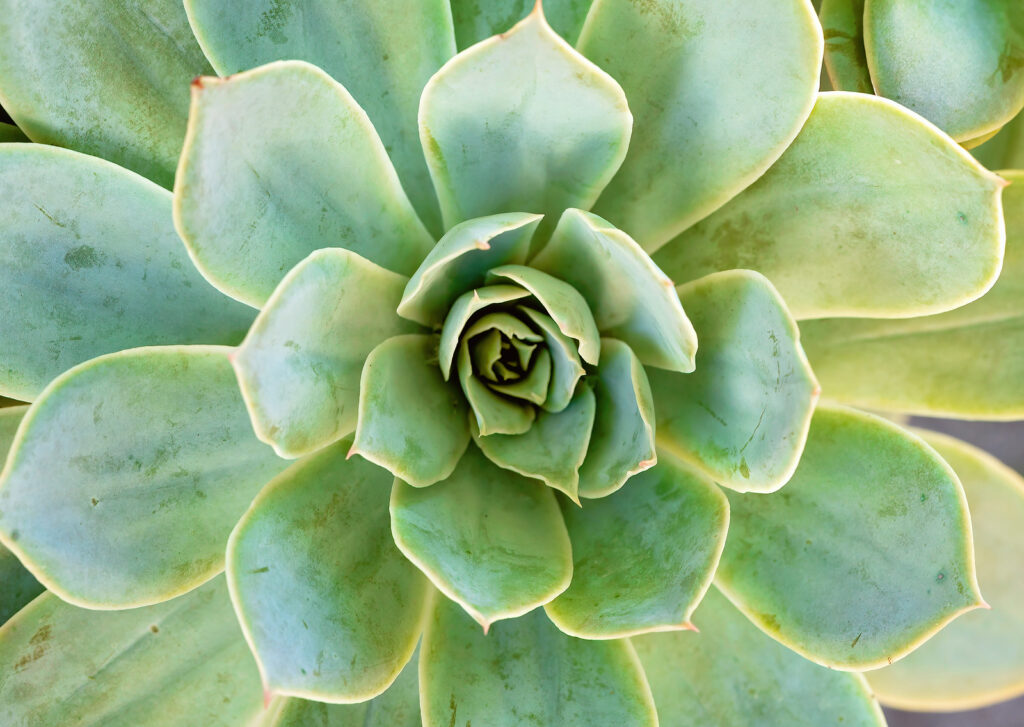
Year-long flower calendar
Make a year-long planting calendar for each of your flower beds. See the links below for a list of flowers for nearly every month or season of the year, e.g. early spring, mid-spring, late spring, early summer, etc.
Begin jotting down the names of bloomers for each season.
Long-blooming perennials will bloom for two or three months. Some annuals nearly as long with deadheading; deadheading means removing spent flowers so that new blooms can grow in their place.
Some perennials and annuals have so many sprawling blooms that individual flower deadheading is all but impossible. Plants that bloom flower clusters are commonly cut or sheared back all at once; that is, spent flower clusters and a bit of foliage are sheared off the plant; this encourages new flushes of bloom.
Get some help
If you are new to flower gardening, and plant names don’t mean much to you, you can discover which flowers are in bloom each month by making regular visits to a nearby garden center. There you will discover blooming plants that you may want to grow in your garden. Ask the garden associate or plant buyer how long each plant blooms and for how long they will be available at the garden center.

Annuals and perennials
Annuals are plants that live for one growing season. Annuals are commonly categorized as warm-season or cool-season plants; look at the list above for a general idea of when these plants will grow in the garden.
Perennials are plants that commonly live for three to five years. Most will flower in the warm time of the year some will flower in the cool time of the year. Perennials may die all the way back to the ground in winter and some in summer, but they will reemerge in the time of the year they grow best.
Your garden can combine both annuals and perennials. Your garden can include plants that grow in every season.
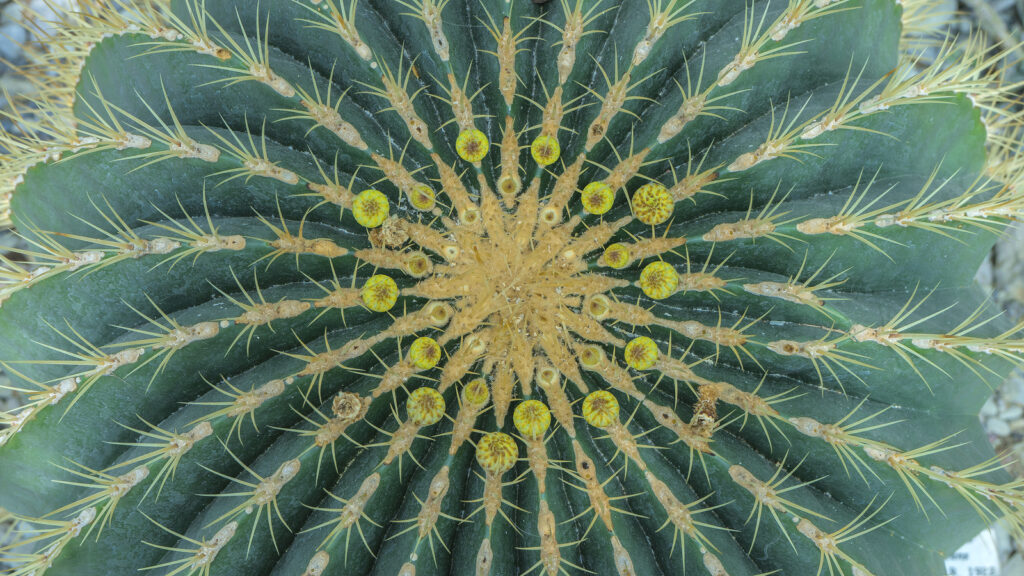
Winter interest
If you live where winters are very cold and annuals and perennials commonly die back to the ground, you can still have a garden of interest. In cold winter climates, plant shrubs and trees that have winter color—colorful bark of berries or evergreen shrubs and trees that never lose their leaves. Bark and berries can stand out against a background of snow.
In warmer winter regions you will find that evergreen plants often have varied colors—not all greens are dark green. Some evergreens bloom in winter in mild winter regions.

Planning ahead
Keep in mind that the time a flower blooms is likely well past the time it should be planted. Most annuals and perennials need weeks and sometimes two or three months to gain maturity and reach their bloom time. If you want blooms in June, you will likely need to plant in March or April. Seed packets will tell you when to plant and how long a plant needs to reach bloom; if the seed packet doesn’t help, ask a garden center associate or read plant profiles here at Garden Chronicle.
Lists of flowering plants by season
Here are links to articles and lists of annuals and perennials by season:

